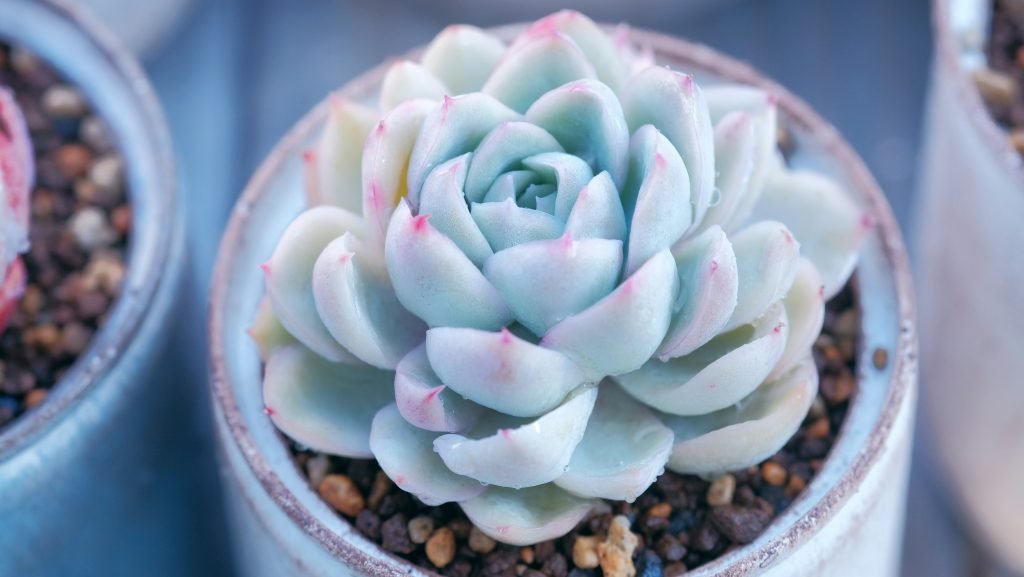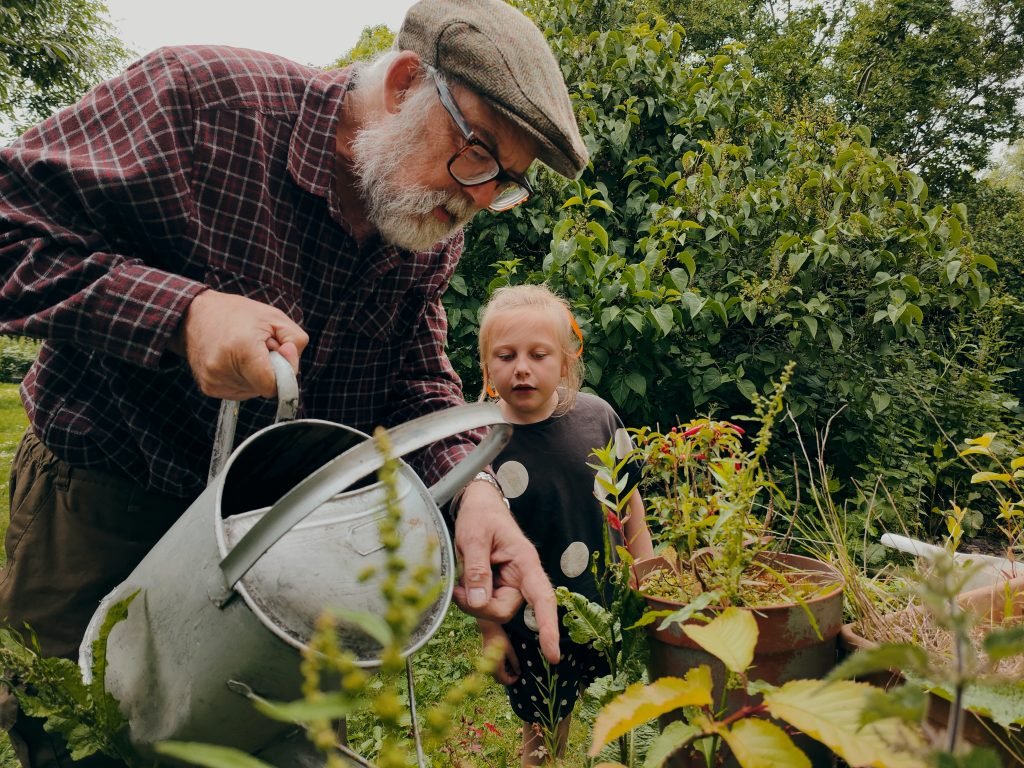Winter gardening in colder climates might seem daunting, but with the right strategies, you can transform your frosty backyard into a flourishing oasis. In “What’s The Secret To Successful Winter Gardening In Colder Climates?” you’ll discover essential tips and tricks tailored for chilly environments. From selecting hardy plants that thrive in lower temperatures to using innovative insulation techniques to protect your garden from the harsh elements, you’ll gain the knowledge and confidence to keep your green thumb active all year round. Ready to embrace the winter wonderland? Let’s dive in and uncover the secrets to a thriving winter garden. What’s the secret to successful winter gardening in colder climates? It’s a question many gardening enthusiasts ponder as the frosty season approaches. Just because the mercury plunges doesn’t mean you have to hang up your gardening gloves until spring. With a bit of planning and the right know-how, you can maintain a thriving garden even when snow blankets the ground.

This image is property of images.unsplash.com.
Understanding Winter Gardening
To start, let’s delve into what winter gardening actually entails.
What is Winter Gardening?
Winter gardening is the practice of growing plants and maintaining a garden during the winter months. This doesn’t just mean evergreen shrubs and trees; it can also include vegetables, herbs, and even certain flowers. By carefully selecting the appropriate plants and using a few special techniques, you can keep your garden alive and flourish during the colder months.
The Importance of Planning
Like any successful project, winter gardening requires careful planning.
Know Your Climate Zone
Understanding your climate zone is essential. The USDA Plant Hardiness Zone Map is a helpful tool that divides regions by average minimum temperatures. Knowing your zone helps you choose plants that can withstand your winter temperatures.
Choose the Right Plants
Not all plants are built for cold weather. Here are some hardy varieties you can consider:
| Type | Examples |
|---|---|
| Vegetables | Kale, Brussels sprouts, Carrots |
| Herbs | Thyme, Rosemary, Sage |
| Flowers | Pansies, Violas, Hellebores |
Plan Your Layout
Where you plant matters. Microclimates within your garden can offer shelter and higher temperatures that benefit certain plants. South-facing walls, for example, can offer a slight temperature boost and protection from wind.
Essential Techniques for Winter Gardening
Now that you’ve got the basics down, let’s talk about the techniques that make winter gardening possible.
Mulching
Mulching insulates the soil, helping to maintain a constant temperature and moisture level. Use organic materials like straw, leaves, or compost.
Row Covers and Cloches
Cover your plants with row covers, cloches, or even cold frames to protect them from harsh winds and frost. These coverings create mini-greenhouses that trap heat and shield plants from the elements.
Watering Wisely
Watering in winter can be tricky. You need to ensure the ground doesn’t completely dry out, but overwatering can cause the soil to become waterlogged and freeze, damaging roots. Water early in the day so the moisture can absorb before freezing nighttime temperatures set in.
Proper Maintenance Practices
Winter gardening isn’t a set-it-and-forget-it deal. Regular maintenance is crucial.
Pruning and Cleaning
Remove dead and decaying plant matter to prevent disease. Prune trees and shrubs during their dormancy to shape them and remove damaged branches.
Monitoring
Keep an eye on your plants. Look out for signs of stress or disease and act promptly.

This image is property of images.unsplash.com.
Advanced Winter Gardening Techniques
For those looking to take things a step further, here are some advanced techniques you might consider.
Greenhouses and High Tunnels
If you’re serious about winter gardening, investing in a greenhouse or high tunnel can provide a controlled environment for your plants.
Soil Heating Cables
Soil heating cables can be laid beneath the ground to keep the soil at an optimal temperature for plant growth.
Winter Sowing
Winter sowing involves planting seeds in containers and leaving them outside during winter. The seeds are exposed to natural cold stratification, leading to stronger, more resilient seedlings come spring.
Common Challenges and Solutions
Winter gardening, while rewarding, isn’t without its challenges.
Frost Heaving
Frost heaving occurs when soil freezes and thaws, pushing plants out of the ground. A deep layer of mulch can help prevent this.
Pests and Diseases
Even in winter, some pests can be a nuisance. Use organic pesticides and keep your garden clean to minimize issues.
Limited Daylight
With less daylight, plants might struggle to get the light they need. Positioning plants to maximize exposure to winter sunlight can help, as can using supplemental grow lights.

This image is property of images.unsplash.com.
Conclusion
So, what’s the secret to successful winter gardening in colder climates? It’s a combination of understanding your environment, selecting the right plants, and employing techniques that protect and nurture your garden through the cold months. With thoughtful planning and attention to detail, you can enjoy the beauty and productivity of your garden year-round. Happy gardening!




